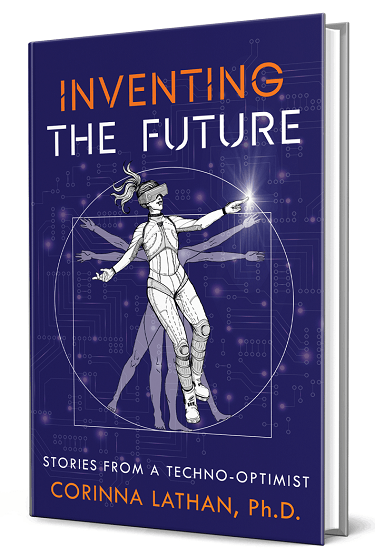Posts by Dr. Cori Lathan
Beyond bulky VR headsets: Voice recognition, eye tracking, and natural gestures in the era of the metaverse and the “Medi-verse”
Imagine you have moved to a new city and bought a condo advertised as “metaverse enabled.” Upon closing, along with the physical keys to your condo, you receive a unique cryptographic key to the community. You move into your neighborhood both physically and digitally. With the crypto key, you link your own personal metaverse profile…
Read MoreTechnology as a bridge in time: Shaping the future of brain health via today’s innovations–including those that “fail”
Remember Google Glass? Google invested millions of dollars and came to market in 2014 with the first generation of wearable augmented reality (AR) technology. You could wear their cool headsets with or without glasses and use them to read and send email all while going about other tasks. Even before it was available to the public,…
Read MoreTaking your brain vitals: Stories from a techno-optimist inventing the future of human performance
For as long as I can remember, my father loved acting. Into his sixties and early seventies, he was quite active in the theater. He played Tartuffe in Molière’s Tartuffe, Nick Bottom in Shakespeare’s A Midsummer Night’s Dream, and the Old Man in Steve Martin’s Picasso at the Lapin Agile. When he won the role…
Read More


